Home>Renovation & DIY>Home Renovation Guides>When Should You Open Crawl Space Vents
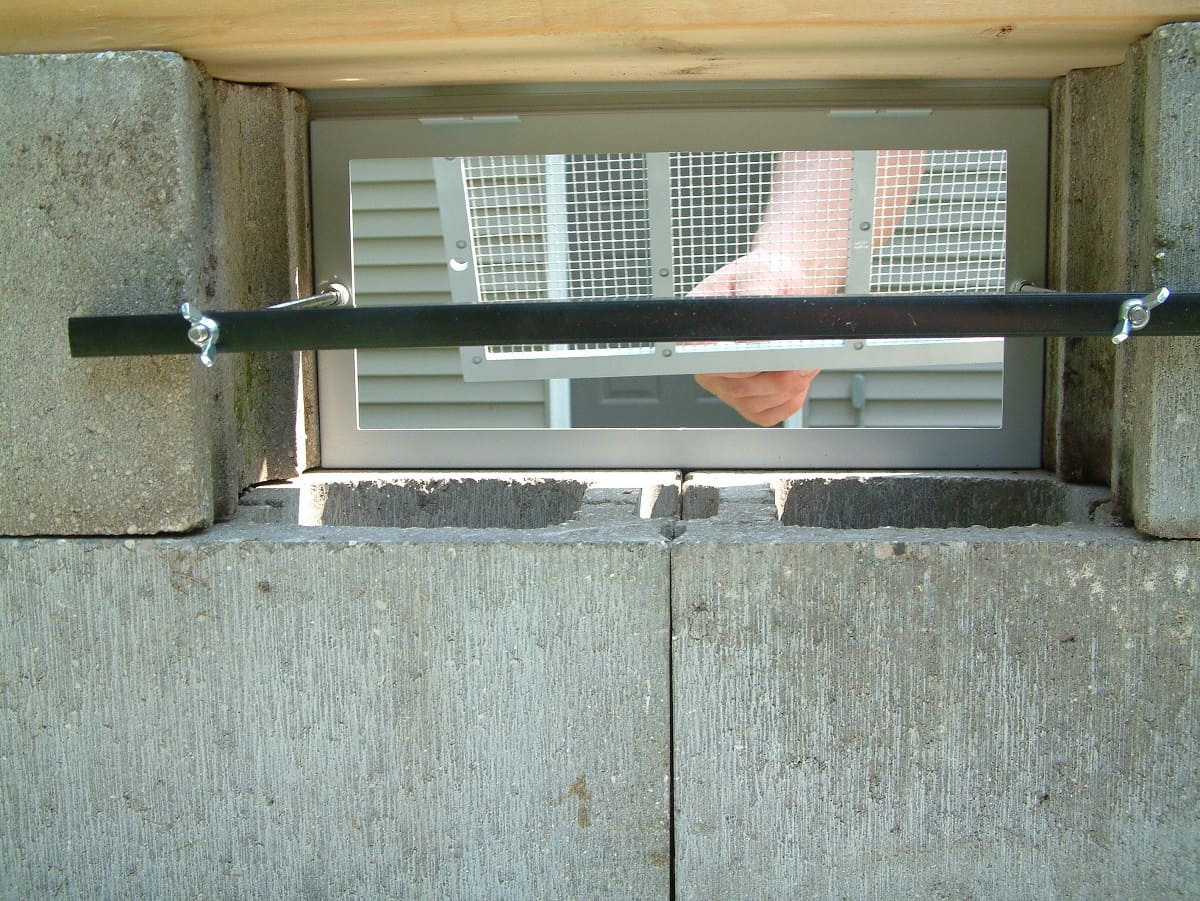

Home Renovation Guides
When Should You Open Crawl Space Vents
Modified: February 18, 2024
Learn when to open crawl space vents for effective home renovation. Get expert guidance on ventilation for a healthier living space. Discover more at [Your Website Name].
(Many of the links in this article redirect to a specific reviewed product. Your purchase of these products through affiliate links helps to generate commission for Storables.com, at no extra cost. Learn more)
Introduction
Crawl spaces are often overlooked areas in homes, tucked away beneath the main living areas. Despite their inconspicuous nature, crawl spaces play a crucial role in maintaining the overall health and stability of a home. One of the key components of a crawl space is the vents, which are designed to facilitate air circulation and moisture control. The proper management of crawl space vents is essential for ensuring the well-being of the entire home structure.
In this comprehensive guide, we will delve into the intricacies of crawl space vents and explore the optimal conditions for opening or closing them. By understanding the functions and implications of crawl space vents, homeowners can make informed decisions to safeguard their homes against potential issues such as moisture buildup, mold growth, and structural damage.
Join us on this enlightening journey as we unravel the mysteries of crawl space ventilation and equip you with the knowledge to make sound choices for your home's well-being. Let's embark on this exploration of crawl space vents and discover the best practices for maintaining a healthy and resilient home environment.
Key Takeaways:
- Properly managing crawl space vents is crucial for a healthy home. Open vents in dry, warm weather to prevent moisture and promote air circulation. Keep them closed in cold winters and high humidity to maintain a stable environment.
- Understanding when to open or close crawl space vents is key. Open them after flooding or in warm weather, and keep them closed in cold winters and high humidity. This helps maintain a healthy and resilient home environment.
Read more: How To Vent Crawl Space
Understanding Crawl Spaces
Crawl spaces are shallow, unfinished areas located beneath the main floor of a house. They are typically designed with a limited vertical clearance, making them accessible only by crawling or crouching. These spaces serve several important functions in a home, despite being out of sight and often out of mind.
One of the primary roles of a crawl space is to provide access to essential components of the home, such as plumbing, electrical wiring, and HVAC systems. Additionally, crawl spaces facilitate ventilation and serve as a buffer zone between the ground and the living areas of the house. This separation helps to mitigate the transfer of moisture, odors, and soil gases into the living space, contributing to a healthier indoor environment.
Crawl spaces are commonly constructed with various materials, including concrete blocks, poured concrete, or wooden beams. The flooring above the crawl space is typically supported by joists, and the walls may be made of concrete, cinder blocks, or other foundational materials. While these spaces are integral to the structural integrity of a home, they can also be susceptible to moisture-related issues if not properly maintained.
In regions with high humidity or heavy rainfall, crawl spaces are particularly prone to moisture accumulation. This can lead to a host of problems, including mold growth, wood rot, and compromised structural stability. To mitigate these risks, proper ventilation and moisture control within the crawl space are essential.
Understanding the layout and purpose of crawl spaces is crucial for homeowners, as it empowers them to make informed decisions regarding maintenance and improvement. By gaining insight into the role of crawl spaces in a home's overall functionality, individuals can take proactive measures to ensure the long-term health and durability of their living environment.
The Purpose of Crawl Space Vents
Crawl space vents are strategically positioned openings within the walls of a crawl space, designed to facilitate air circulation and moisture management. These vents play a pivotal role in regulating the conditions within the crawl space, ultimately impacting the overall health and stability of the home. Understanding the specific purposes of crawl space vents is essential for homeowners seeking to maintain a balanced and conducive environment within their properties.
1. Air Circulation
One of the primary functions of crawl space vents is to promote air circulation beneath the home. By allowing fresh air to enter and stale air to exit, these vents help prevent stagnation and the buildup of musty odors within the crawl space. Proper air circulation also aids in regulating temperature and humidity levels, contributing to a more comfortable and stable indoor environment.
2. Moisture Control
Crawl space vents play a crucial role in managing moisture levels within the crawl space. In regions prone to high humidity or excessive moisture, these vents help mitigate the risk of condensation and dampness accumulating within the enclosed space. By allowing air to flow through the crawl space, moisture is less likely to accumulate, reducing the potential for mold growth, wood rot, and structural damage.
Read more: How To Close Vents In Crawl Space
3. Prevention of Radon Buildup
In addition to moisture control, crawl space vents can help mitigate the accumulation of radon gas. Radon, a naturally occurring radioactive gas, can seep into homes through the soil and pose serious health risks when concentrated in enclosed spaces. Proper ventilation, facilitated by crawl space vents, can help disperse radon gas and reduce its concentration within the home, thereby safeguarding the health of occupants.
4. Pest Control
Crawl space vents also serve as a deterrent to pests and insects seeking entry into the home. By maintaining airflow and reducing moisture levels, these vents create a less hospitable environment for pests, helping to minimize the risk of infestations within the crawl space and adjacent living areas.
In essence, crawl space vents are integral components of a home's ventilation and moisture management system. By promoting air circulation, controlling moisture levels, mitigating radon buildup, and deterring pests, these vents contribute to the overall well-being and longevity of the home. Understanding the multifaceted purposes of crawl space vents empowers homeowners to make informed decisions regarding their maintenance and operation, ultimately fostering a healthier and more resilient living environment.
When to Open Crawl Space Vents
Opening crawl space vents is a strategic decision that can significantly impact the overall health and stability of a home. Knowing when to open these vents is crucial for maintaining optimal conditions within the crawl space and the entire living environment. Here are the key scenarios in which opening crawl space vents is recommended:
1. Dry Weather Conditions
During periods of dry weather, particularly in low-humidity environments, opening crawl space vents can be beneficial. Allowing fresh air to circulate through the crawl space helps prevent stagnation and reduces the risk of moisture buildup. In dry climates, the introduction of outside air can aid in balancing humidity levels within the crawl space, contributing to a more stable and comfortable environment.
Read more: How To Replace Crawl Space Vents
2. Warmer Seasons
In warmer seasons, such as spring and summer, opening crawl space vents can facilitate the expulsion of heat and humidity from the enclosed space. By promoting airflow, these vents help prevent the accumulation of heat and moisture, reducing the likelihood of mold growth and wood decay. Additionally, proper ventilation during warmer months can contribute to a cooler and more pleasant living environment above the crawl space.
3. Post-Flooding or High-Moisture Events
Following flooding or other high-moisture events, opening crawl space vents can aid in the drying out process. By allowing air to flow through the crawl space, excess moisture is more effectively dispersed, mitigating the risk of prolonged dampness and mold proliferation. Proper ventilation in the aftermath of moisture-related incidents is crucial for preventing long-term structural damage and safeguarding indoor air quality.
4. Radon Mitigation
In regions where radon gas is a concern, opening crawl space vents can help disperse this hazardous gas and reduce its concentration within the home. Radon, a colorless and odorless gas, can seep into homes through the soil and pose serious health risks. Proper ventilation, including the strategic opening of crawl space vents, can aid in mitigating radon buildup and promoting a safer indoor environment.
5. Pest Infestation Management
When dealing with pest infestations within the crawl space, opening the vents can help create a less hospitable environment for pests. Adequate airflow and reduced moisture levels discourage the proliferation of pests and insects, contributing to effective pest management. By promoting ventilation, homeowners can deter pests and minimize the risk of infestations within the crawl space and adjacent living areas.
In summary, opening crawl space vents is recommended during dry weather conditions, warmer seasons, post-flooding or high-moisture events, radon mitigation efforts, and pest infestation management. By understanding the optimal scenarios for opening crawl space vents, homeowners can proactively maintain a healthier and more resilient living environment.
Read more: How To Insulate Crawl Space Vents For Winter
When to Keep Crawl Space Vents Closed
Strategic management of crawl space vents involves not only knowing when to open them but also when to keep them closed to maintain a balanced and conducive environment within the home. Here are the key scenarios in which keeping crawl space vents closed is recommended:
1. High-Humidity Environments
In regions with consistently high humidity levels, particularly during the summer months, keeping crawl space vents closed can be advantageous. By sealing off the vents, homeowners can prevent the influx of humid outdoor air into the crawl space, reducing the risk of moisture accumulation. In high-humidity environments, the closed vents help maintain a more stable and controlled climate within the crawl space, minimizing the potential for mold growth and wood decay.
2. Cold Winter Months
During the colder seasons, especially in regions prone to freezing temperatures, keeping crawl space vents closed can help prevent the intrusion of cold air into the enclosed space. By sealing off the vents, homeowners can maintain a warmer environment within the crawl space, reducing the risk of frozen pipes and temperature-related damage. Closed vents also contribute to energy efficiency by minimizing heat loss from the home's interior.
3. Energy Conservation
In pursuit of energy conservation and improved HVAC efficiency, keeping crawl space vents closed can play a significant role. Sealing off the vents helps create a more insulated and controlled environment within the crawl space, reducing the workload on heating and cooling systems. By minimizing the exchange of air with the outdoors, homeowners can achieve greater energy efficiency and potentially lower utility costs.
Read more: How To Cover A Crawl Space Opening
4. Pest Prevention
In areas where pest infestations are a concern, keeping crawl space vents closed can serve as a preventive measure. Sealed vents create a barrier against pests and insects seeking entry into the crawl space and adjacent living areas. By restricting airflow through the vents, homeowners can deter pests and minimize the risk of infestations, contributing to a more secure and comfortable living environment.
5. Radon Mitigation
In some instances, particularly in regions with elevated radon levels, keeping crawl space vents closed may be recommended as part of radon mitigation efforts. By sealing off the vents, homeowners can limit the influx of radon gas from the soil, reducing its concentration within the home. Closed vents contribute to the containment of radon, aiding in the overall mitigation of this hazardous gas.
In summary, keeping crawl space vents closed is advisable in high-humidity environments, cold winter months, for energy conservation, pest prevention, and radon mitigation. By understanding the optimal scenarios for keeping crawl space vents closed, homeowners can effectively manage the climate and conditions within the crawl space, contributing to a healthier and more resilient living environment.
Conclusion
In conclusion, the management of crawl space vents is a critical aspect of maintaining a healthy and resilient home environment. By understanding the multifaceted purposes of crawl space vents, homeowners can make informed decisions regarding when to open or close these essential components. The strategic operation of crawl space vents directly impacts air circulation, moisture control, temperature regulation, and overall indoor air quality, making it imperative for homeowners to be well-versed in the optimal practices for vent management.
The decision to open or close crawl space vents should be guided by a combination of factors, including weather conditions, humidity levels, seasonal variations, and specific concerns such as radon mitigation and pest prevention. During dry weather and warmer seasons, opening crawl space vents can facilitate air circulation, prevent moisture buildup, and contribute to a more comfortable indoor environment. Additionally, post-flooding events may necessitate the strategic opening of vents to aid in the drying out process and prevent long-term structural damage.
Conversely, keeping crawl space vents closed is advisable in high-humidity environments, cold winter months, and for energy conservation purposes. Closed vents help maintain a more stable climate within the crawl space, reduce the risk of frozen pipes, and contribute to energy efficiency. Furthermore, closed vents serve as a barrier against pests and insects, aiding in pest prevention efforts and promoting a secure living environment.
Ultimately, the optimal management of crawl space vents requires a nuanced approach that considers the unique characteristics of the home, regional climate patterns, and specific challenges related to moisture control and indoor air quality. By carefully assessing the prevailing conditions and understanding the implications of vent operation, homeowners can proactively safeguard their homes against potential issues such as mold growth, wood decay, and radon exposure.
In essence, the proper management of crawl space vents is an integral part of home maintenance and contributes to the overall well-being of the living environment. By embracing a proactive and informed approach to vent operation, homeowners can create a healthier, more resilient, and more comfortable home for themselves and their families. With a deeper understanding of crawl space vent management, individuals can take confident steps toward ensuring the long-term health and stability of their homes.
Frequently Asked Questions about When Should You Open Crawl Space Vents
Was this page helpful?
At Storables.com, we guarantee accurate and reliable information. Our content, validated by Expert Board Contributors, is crafted following stringent Editorial Policies. We're committed to providing you with well-researched, expert-backed insights for all your informational needs.
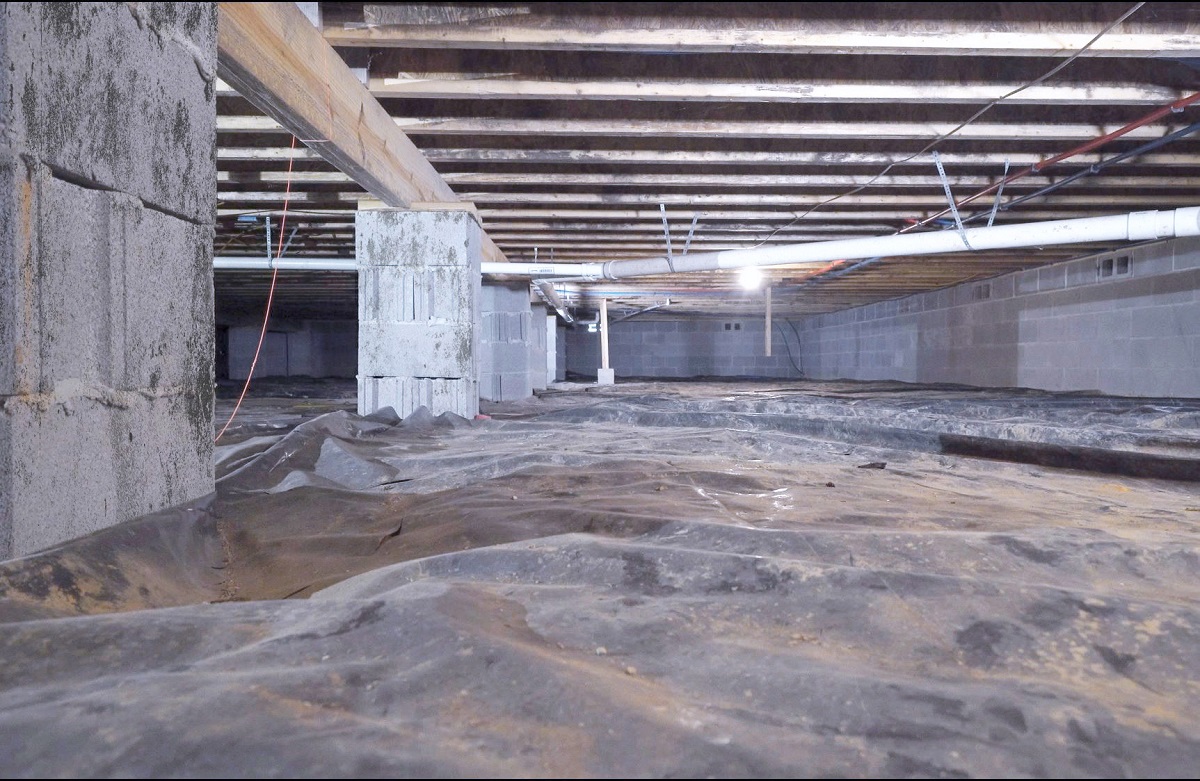
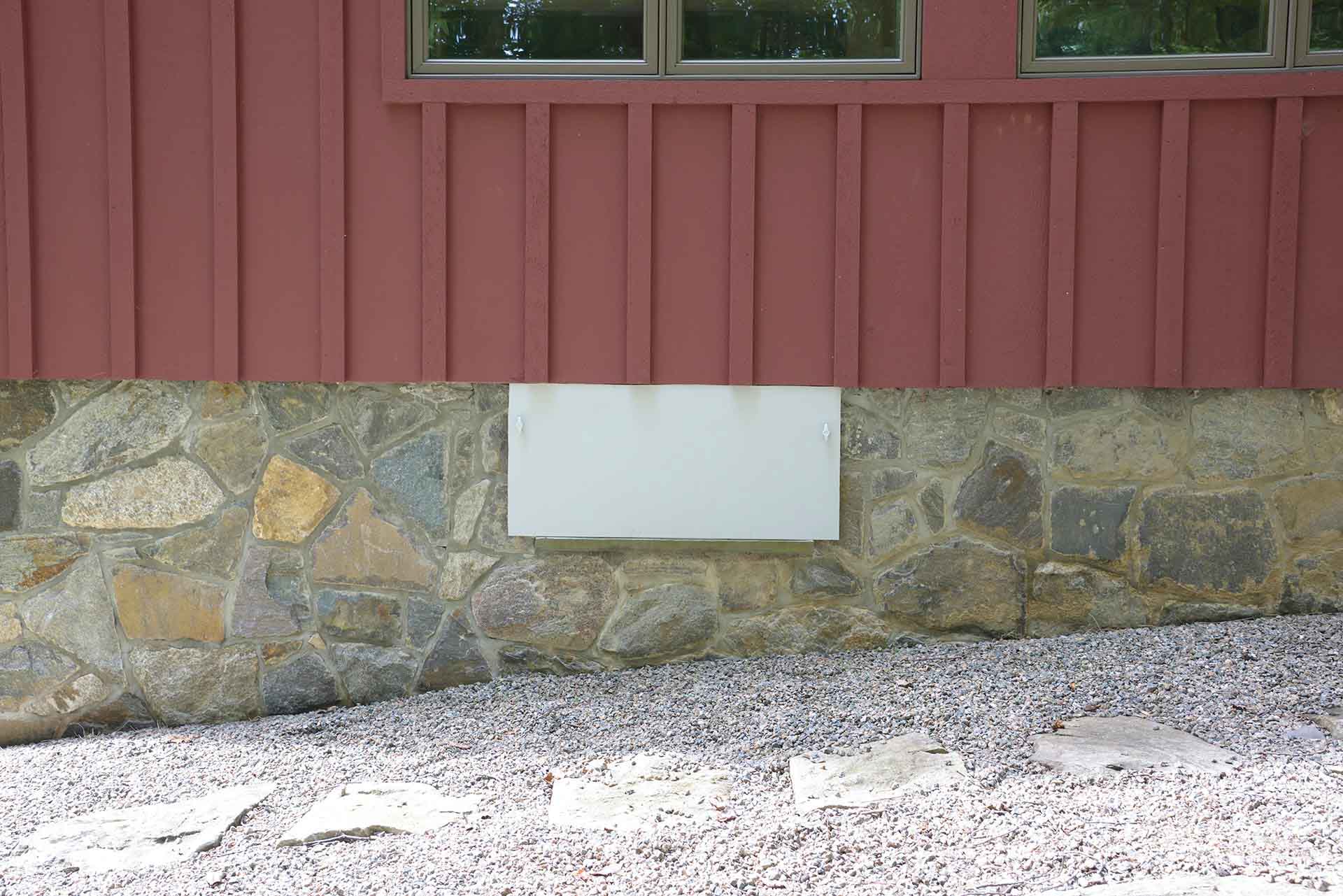
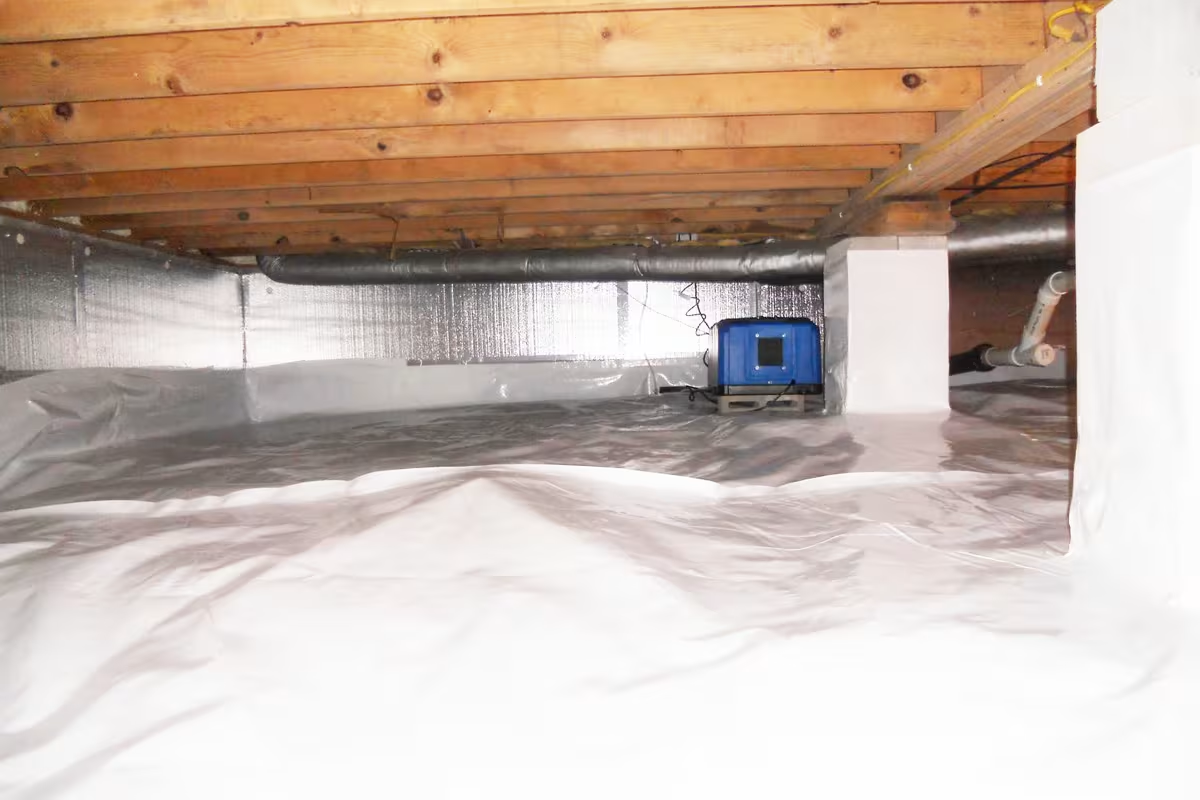
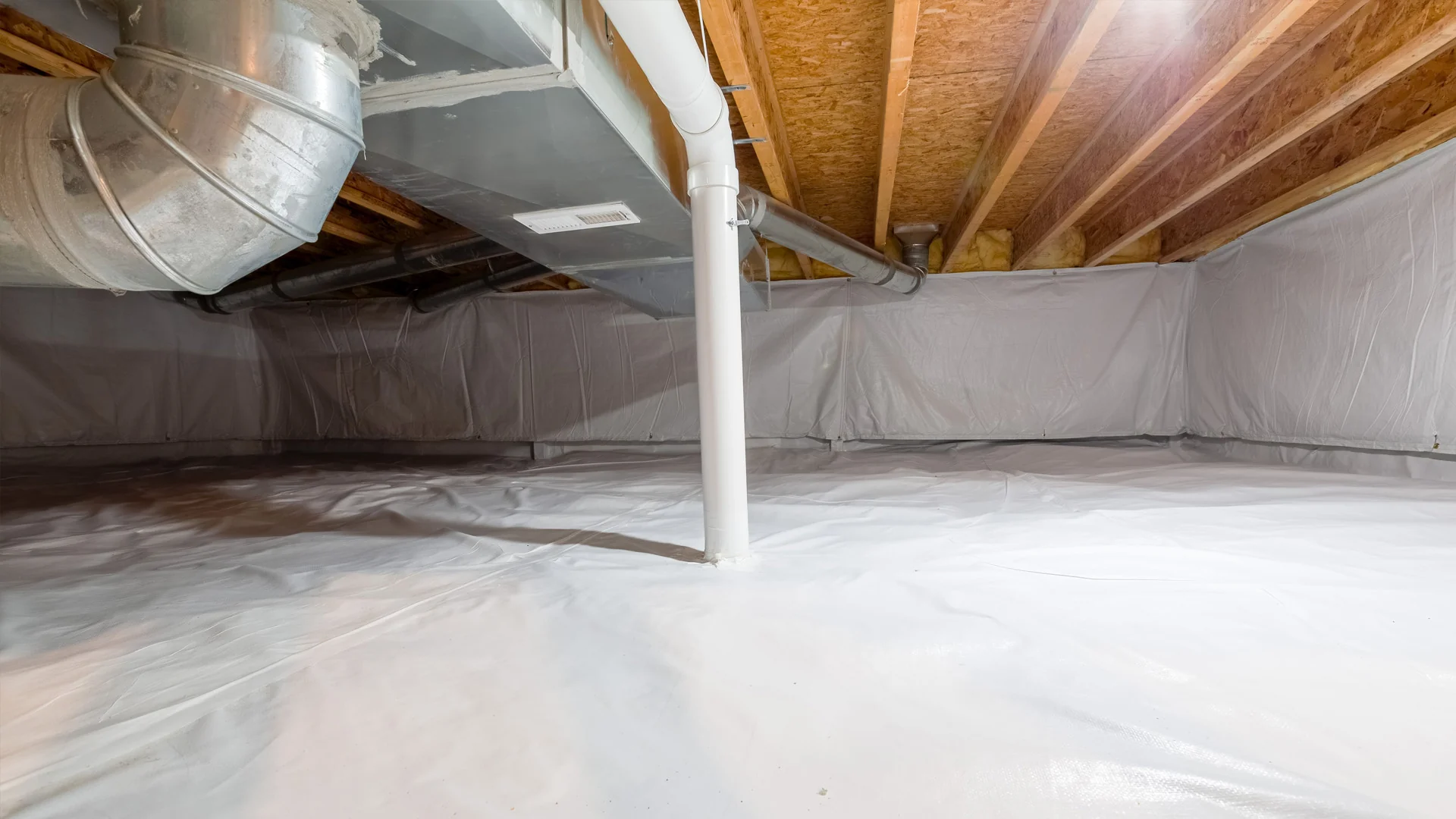
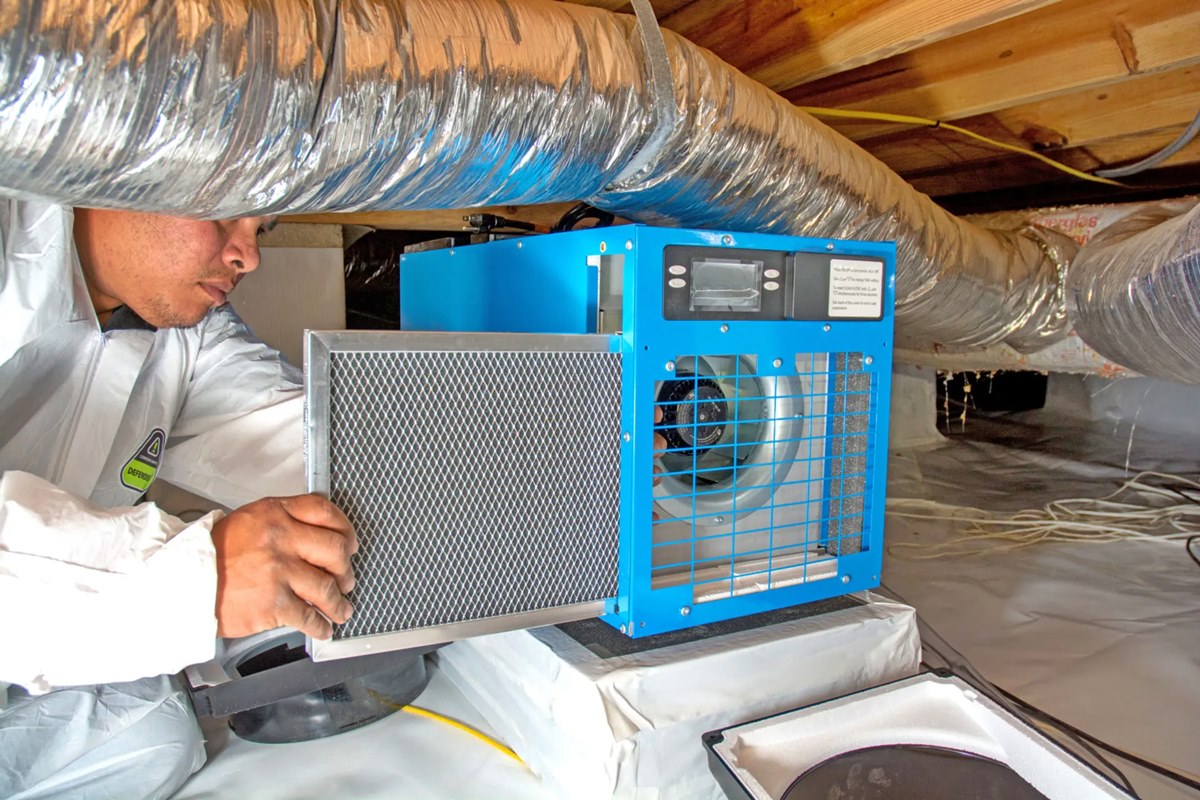

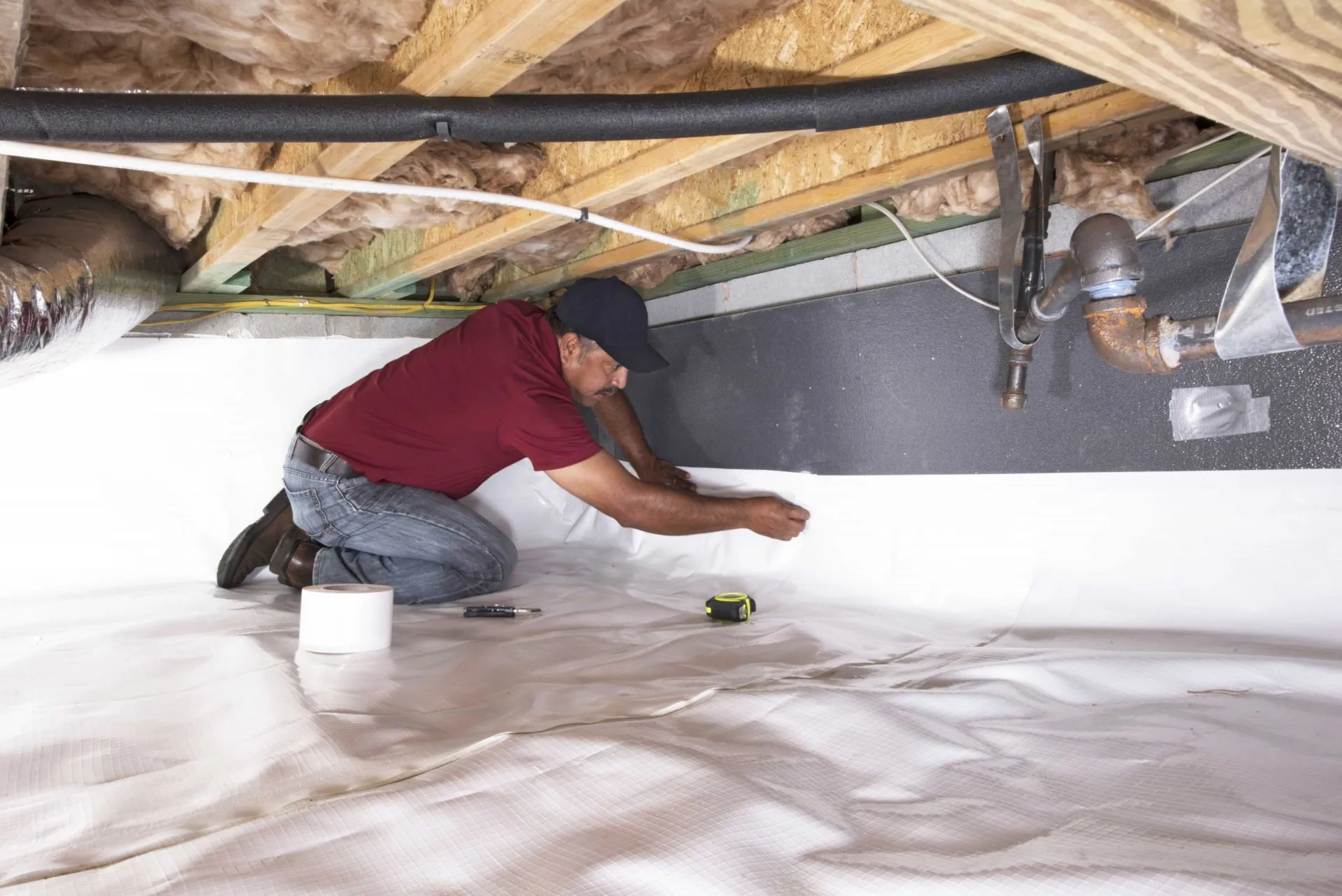
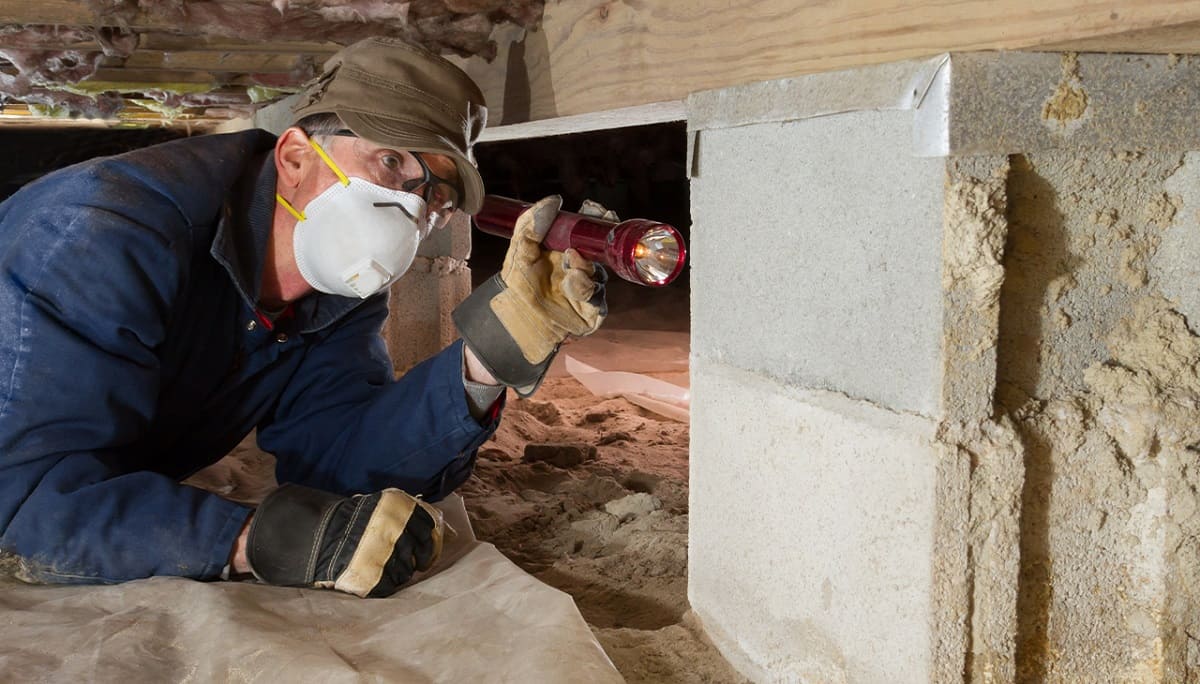
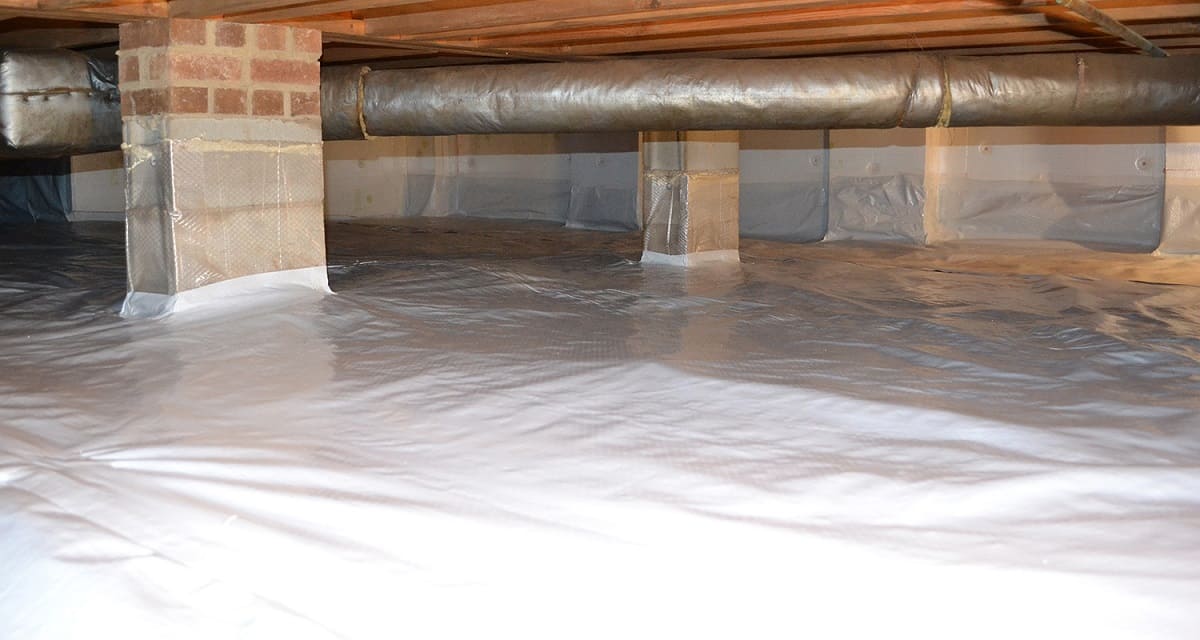

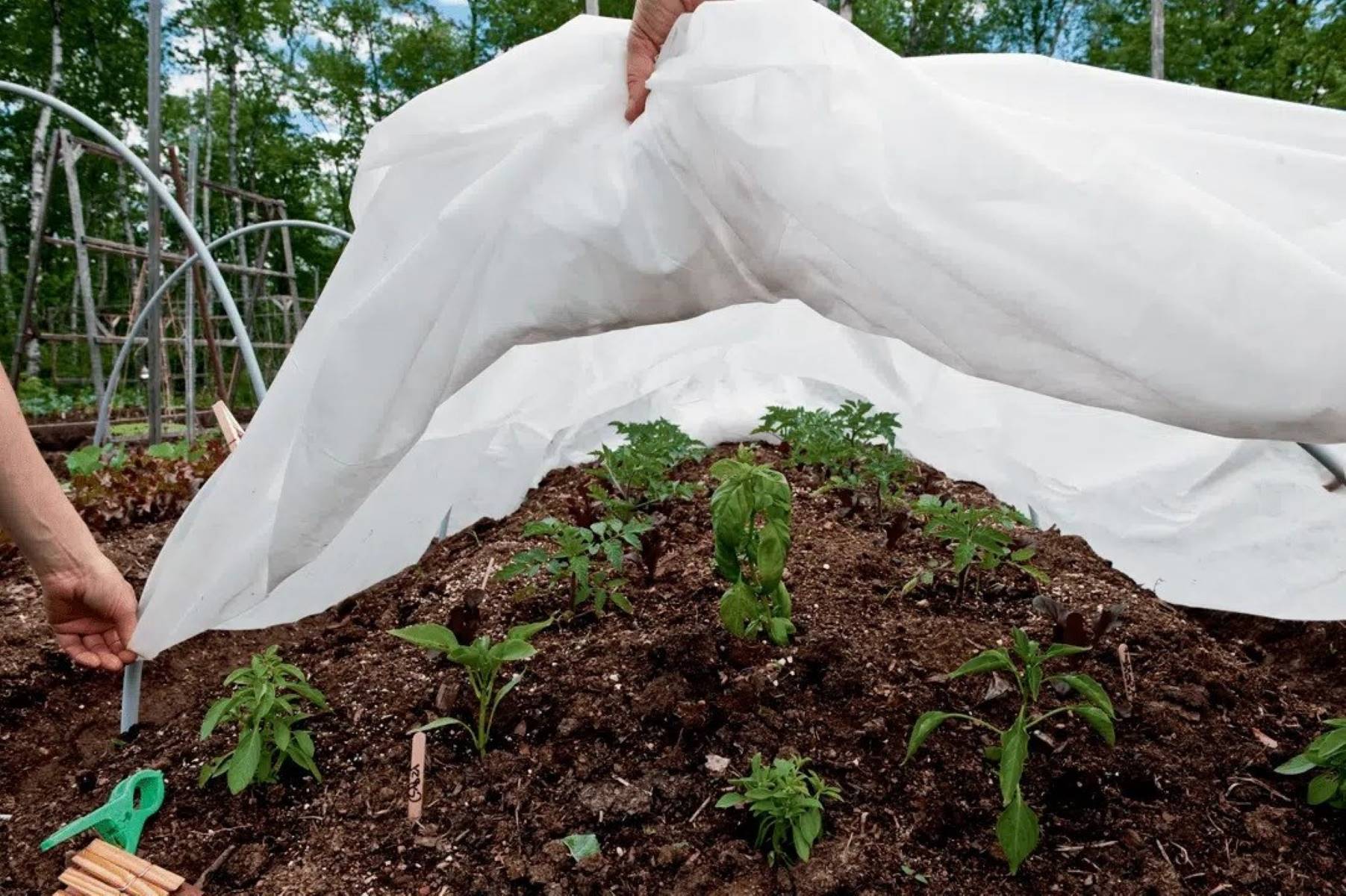

0 thoughts on “When Should You Open Crawl Space Vents”